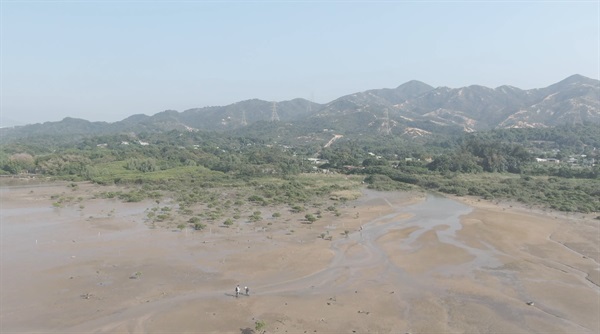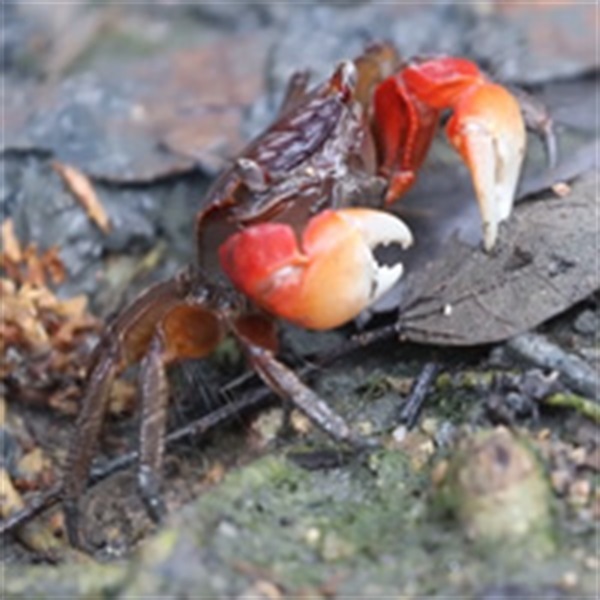Mangrove is one of the most ecologically and socioeconomically important types of natural habitats found in the intertidal zone of tropical and subtropical regions. It occurs on soft shores that receive inputs from regular tidal flushing and from freshwater streams and rivers. Mangroves have high productivity, particularly the detritus from mangrove plants (e.g. fallen leaves and branches) provides a massive amount of food for marine life. As such, mangroves are important breeding sites and feeding grounds for a large variety of invertebrates, fish and other coastal species. In some parts of the world, coastal and indigenous communities rely on the wood of mangrove plants for construction and fuel. Mangroves also protect shorelines from erosion due to currents, waves, wind and rain. Besides, the root systems of mangroves filter and trap sediments and pollutants, and hence are essential to maintaining water quality. Although mangrove environments are highly dynamic (e.g. high temperature, fluctuating salinity, alternating aerobic and anaerobic conditions, periodically wet and dry, unstable and shifting substratum), diverse groups of flora and fauna have adapted to thrive in this habitat.
The massive freshwater influence of the Pearl River, especially during the wet season, promotes the development of mangroves in Hong Kong in the western region (e.g. Deep Bay). Nevertheless, due to the cold winter and a lack of suitable substrate, mangroves in Hong Kong are relatively scattered and their extent is also limited compared to most tropical areas. Currently, Hong Kong has more than 70 mangrove stands which cover a total area of about 624 ha. They are mainly distributed in six districts: Sai Kung, Northeast New Territories, Tolo Harbour, Deep Bay, Lantau Island and Hong Kong Island (Distribution Map). Mai Po Nature Reserve hosts the largest local mangrove stand, and particularly some of the mangrove areas at this site were traditionally converted to gei wais (traditional shrimp farming ponds) and fish ponds.
Local mangrove stands are formed by 8 true mangrove species including Kandelia obovata, Black Mangrove (Avicennia marina), Aegiceras corniculatum, Leather Fern (Acrostichum aureum), Milky Mangrove (Excoecaria agallocha), Coastal Heritiera (Heritiera littoralis), Many-petaled Mangrove (Bruguiera gymnorhiza) and Lumnitzera racemosa. Among these species, Kandelia obovata is the most common species dominating most of the mangrove stands.









